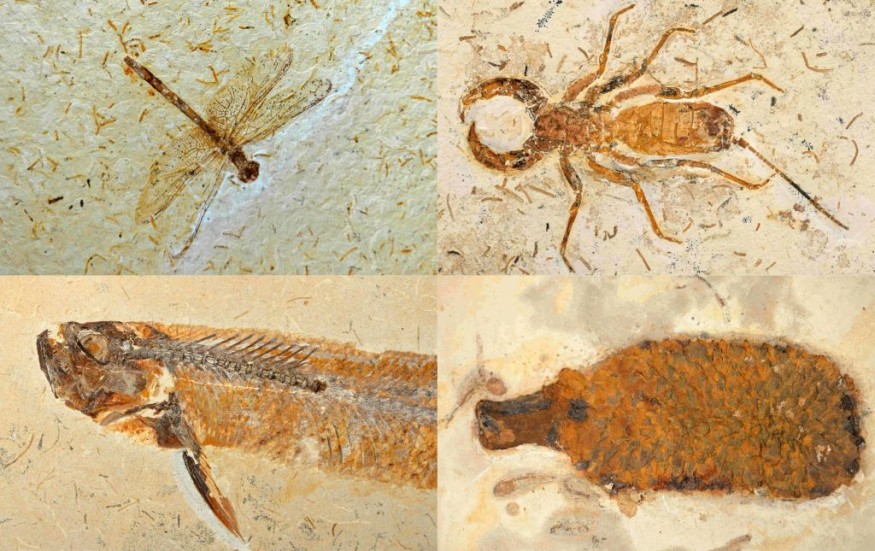
Fossils are dead by nature, or so they say. Naturally, no life can thrive in extreme pressure conditions of depth and time in massive tree trunks, solid rocks, or encased stones from far beneath Earth's surface.
Ancient Origins reported otherwise, as mysterious cases of living fossils and other situations defy both reason and science. One such case occurred April 22, 1881, when a protruding hunk of stone from the tunnel of Wide West Mine outside Ruby Hill, Nevada was 'wedged loose' by miner Joe Molino.
According to Anomaly Info, Molino smashed the stone into bits using his sledgehammer and the baseball-sized cavity in the rock was half full of motionless white worms. In a matter of minutes, the worms began to move and crawl around and on the tunnel floor.
Apparently, the species of the worms were never determined. Mine operators sent the worms and the solid stone sarcophagus to the U.S. Bureau of Mines, but the latter claimed the mine operators were mistaken. It was impossible to believe that animals under such circumstances could survive, as far as the bureau was concerned.
Beetle in a Jar and the Venerable Bullfrog
Sometime in 1892, a large beetle encased in a chunk of iron ore was found in the Longfellow Mine outside Clifton, Arizona. El Paso geologist Z. T. White, who placed the insect in a specimen case, said that he was shocked to see the creature move.
Moreover, after watching through a magnifying glass, he claimed to have seen a small beetle emerge from the body of the larger beetle.
Next story is about the blind bullfrog which was able to slowly move one leg after being encased in a limestone. It died after several hours on the surface.
Want to Hear More Stories?
Among other mysterious cases of living fossils include a live toad imprisoned squarely in the middle of the 200-year-old tree trunk and a layer of animated fossils.
The most incredible find of a living fossil is the one recorded in France during the construction of a railway tunnel between the towns of Nancy and St. Dizier. According to Illustrated London Times, workers were breaking up a huge boulder when a Pterodactylus anas, a denizen of the Jurassic Period, "staggered from a freshly exposed cavity and screeched hoarsely before falling dead."
While it is possible for certain animals to live long stretches without sustenance via hibernation to evade hostile conditions, their suspended animation is normally limited to more than four or five months.
Southern Methodist University professor of biology Dr. John Ubelaker, Ph.D. points out that hibernation periods longer than that may still be adaptable for some organisms which possess the ability to lower their metabolisms. This function often triggered by environmental conditions allows survival through difficult times.
Nonetheless, this says a lot about how mother Earth works in mysterious ways, of which many are yet to come to light - and endless possibility. Meticulous research and reason awaits to ascertain how such creatures survived extremes of time, temperature and deprivation.
Related article : 1000 Fossilized Eggs from China Hint Lack of Diversity in Dinosaurs, Decline Before Extinction
© 2025 NatureWorldNews.com All rights reserved. Do not reproduce without permission.





